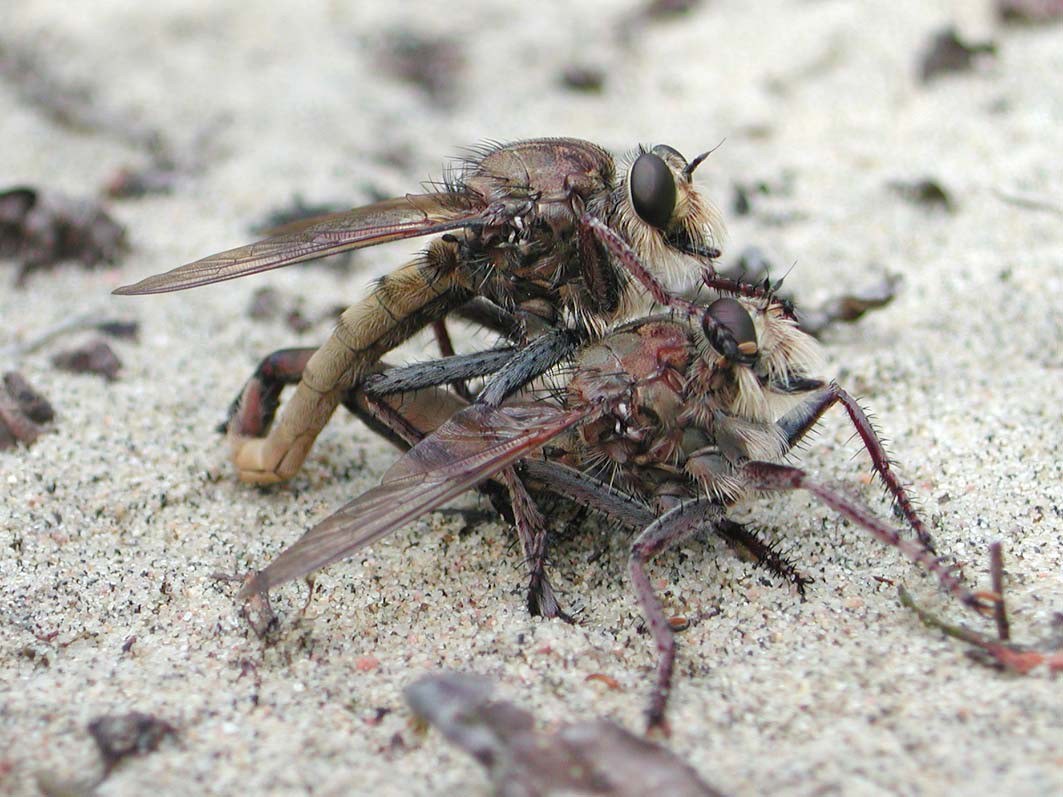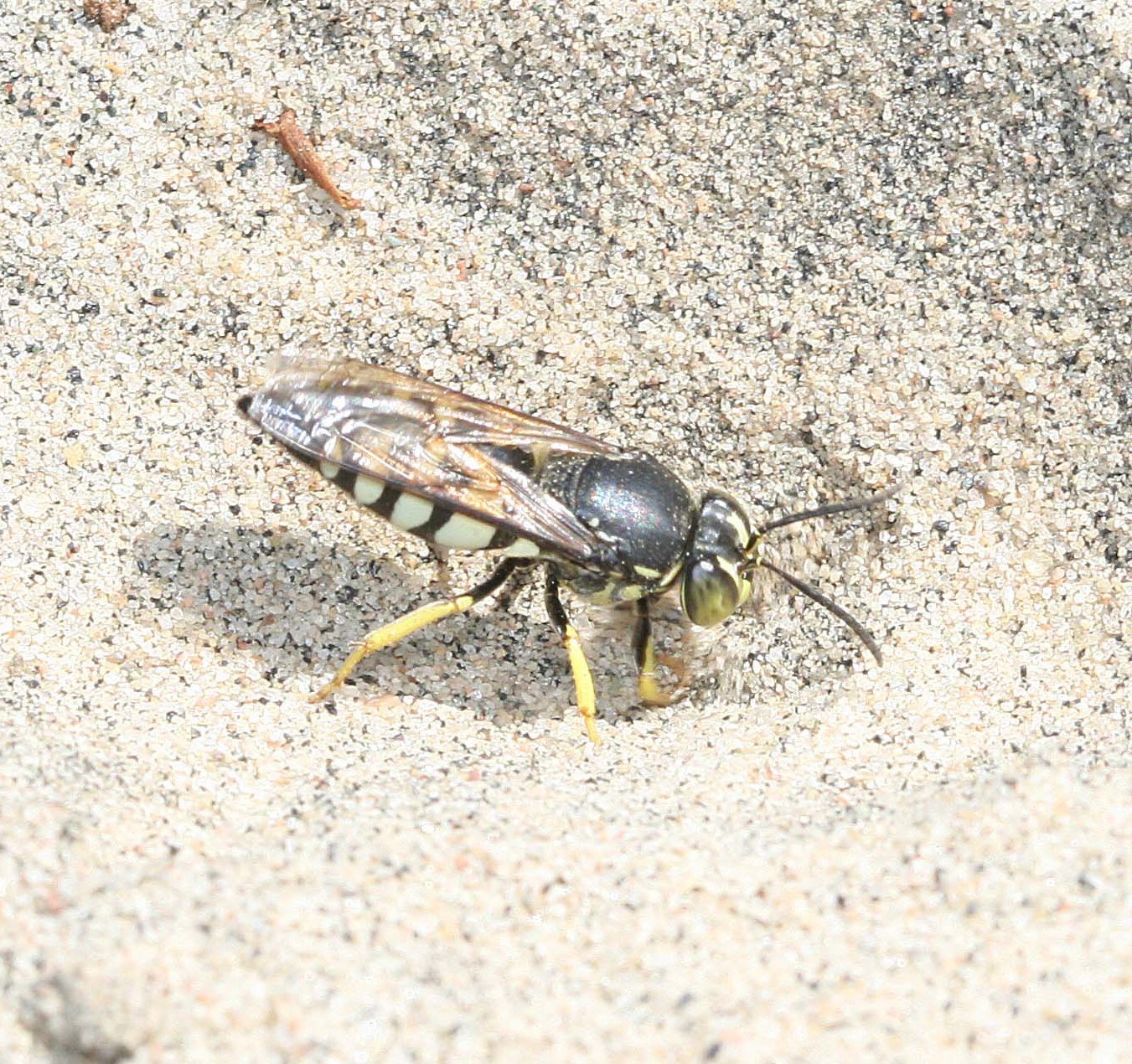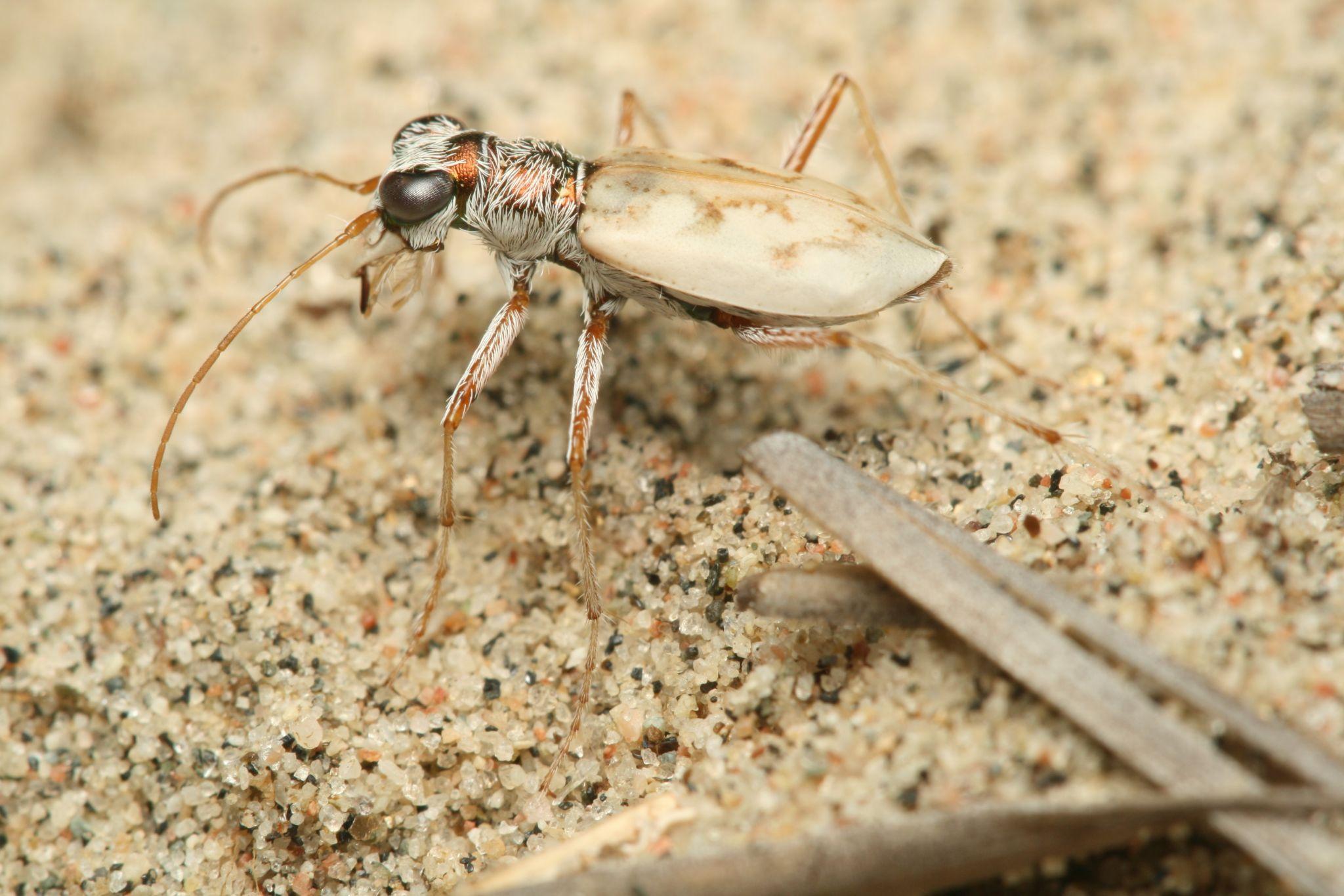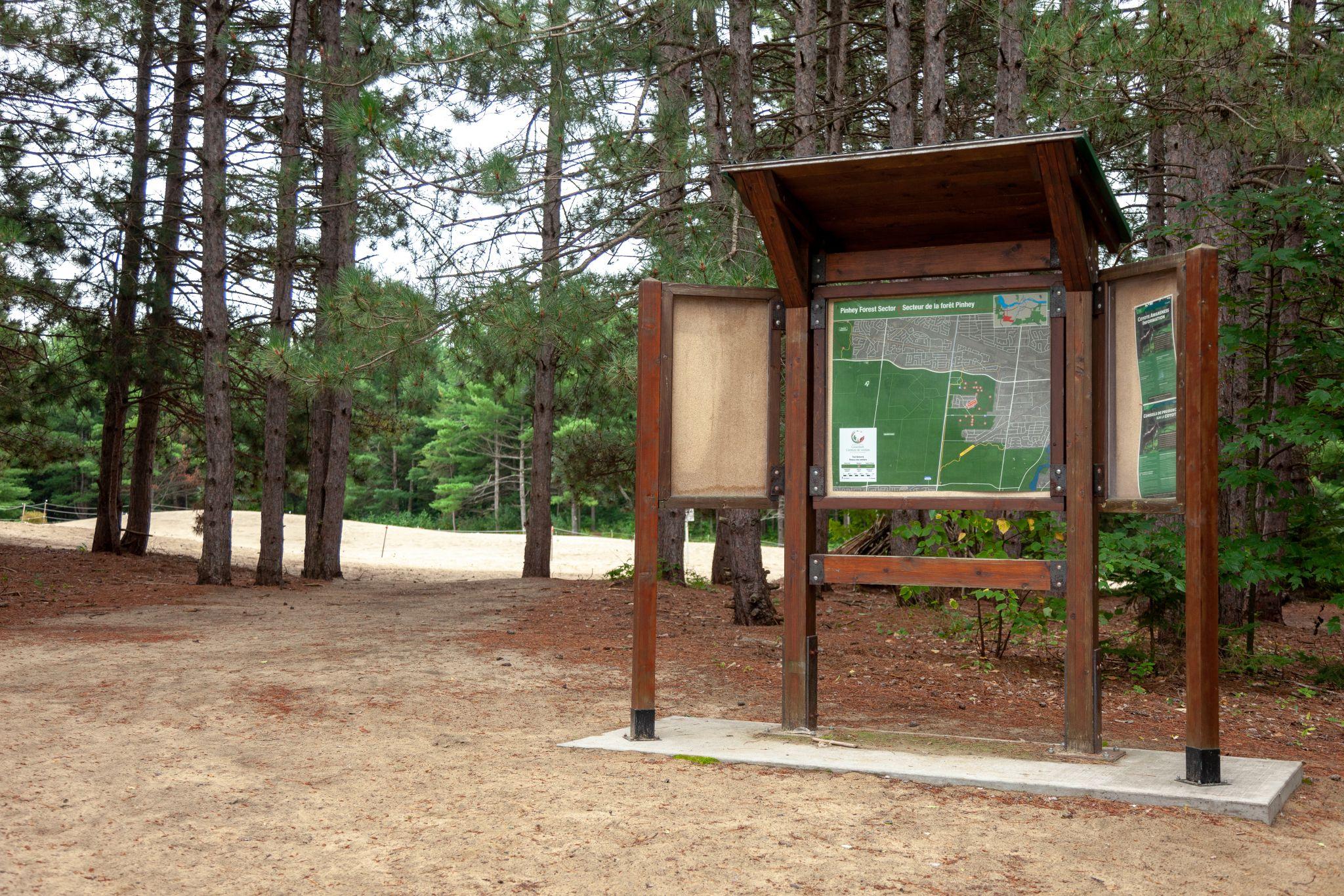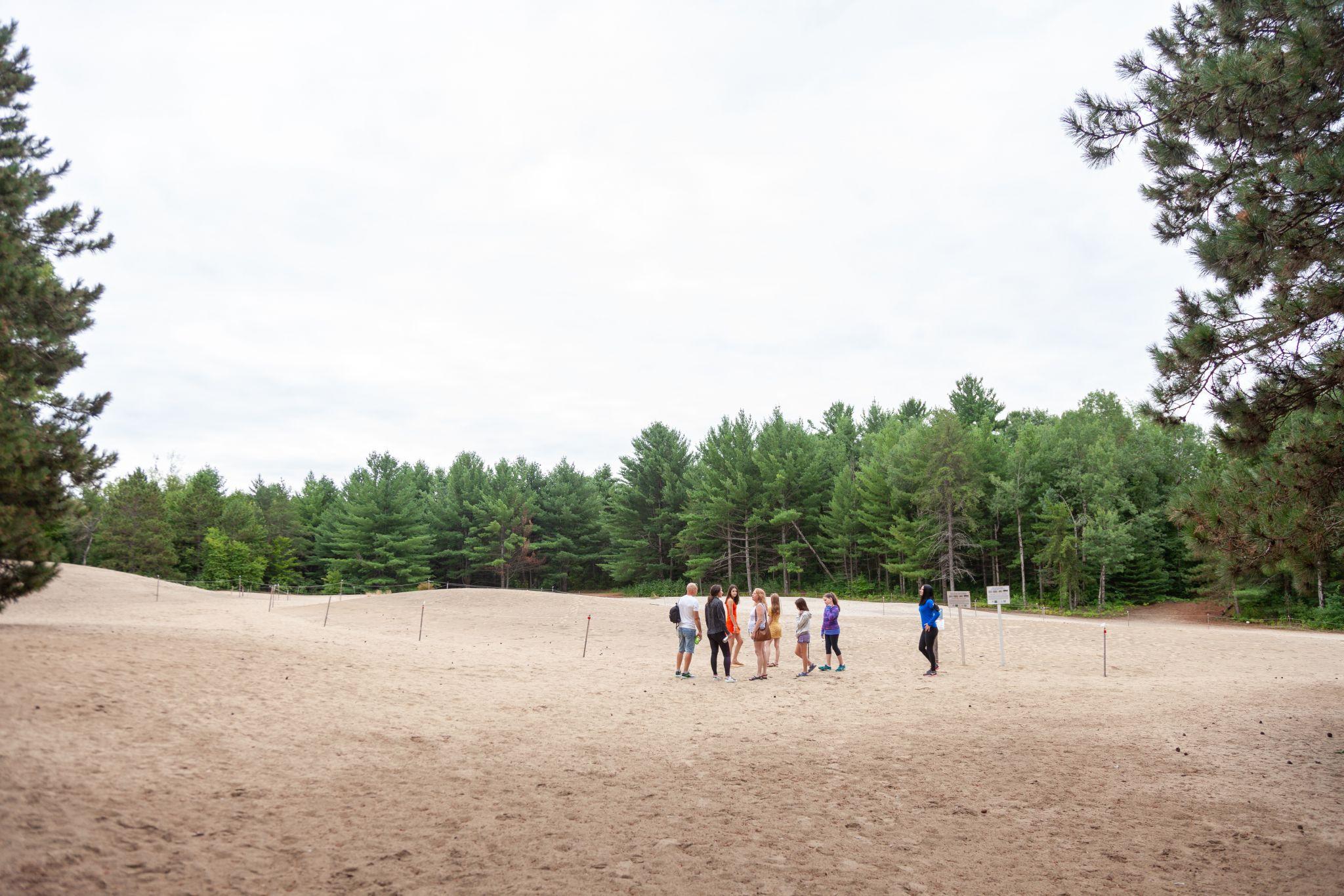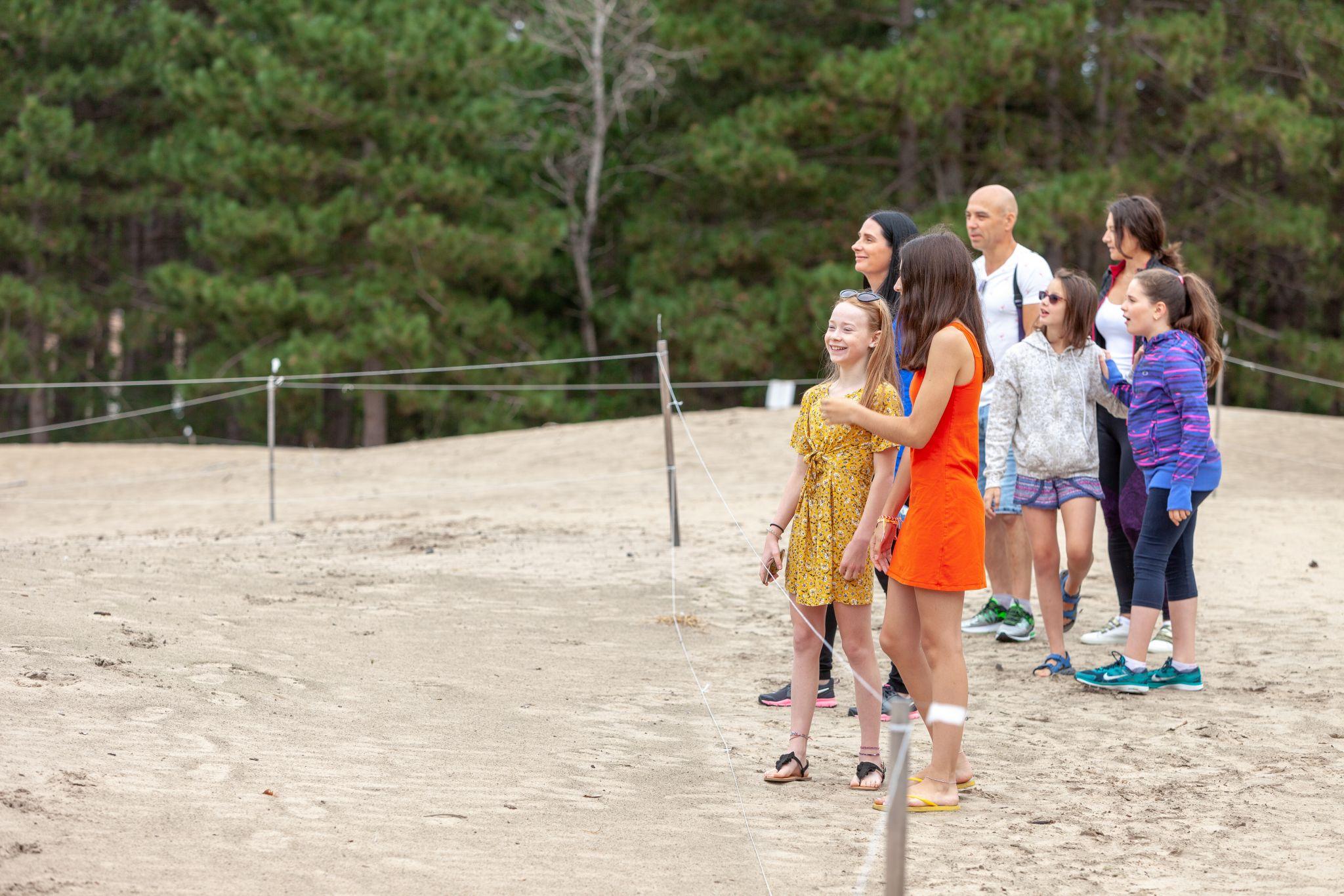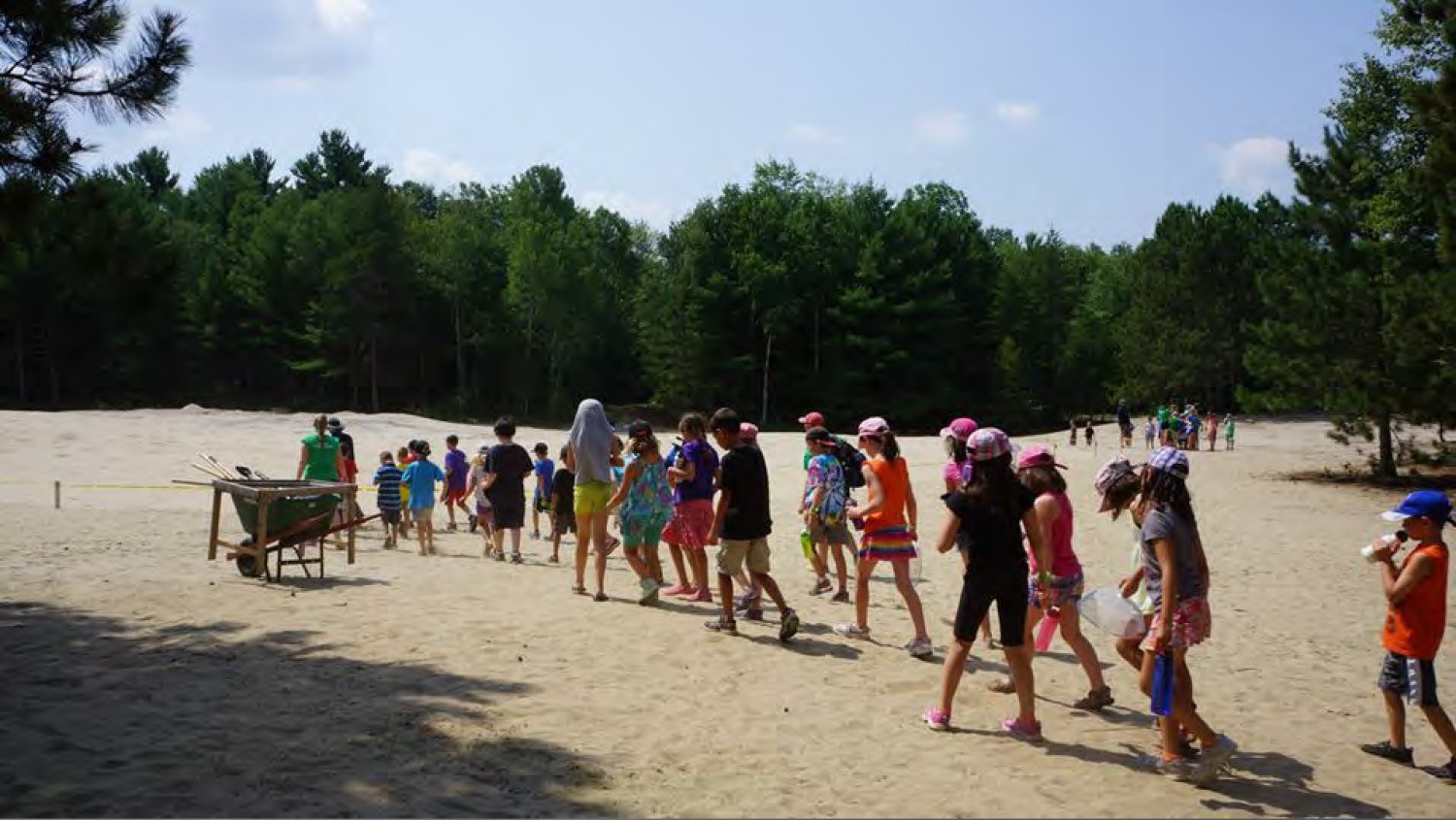Author: Stephen Aitken
Executive Secretary, Biodiversity Conservancy International, and project coordinator, Pinhey Sand Dune Restoration Project

How did a western section of Ottawa end up with a large exposed area of fine white sand? The area was part of the sands of the Champlain Sea, which was formed after the retreat of the Laurentide ice sheet over 10,000 years ago. Geologists have noted that southwesterly winds were involved in the processes that formed the Pinhey Sand Dunes. Over time, organisms that were living in the area adapted and evolved in this very extreme environment. Only a select few plant and animal species could survive on the hot surface of the dunes during the summer months.
The Pinhey Sand Dunes represent one of the most unique ecosystems in the Capital Region. The dunes provide habitat for a number of plant and animal species that can live only in sunny, exposed areas. The summer surface temperatures of the dunes range from 60°C to 72°C, and the dry, fine-grained sand measures three to five metres deep. Biodiversity Conservancy International (BCI) has been working with the NCC for close to a decade to restore this rare, threatened ecosystem in Canada’s Capital Greenbelt.
The importance of the dunes
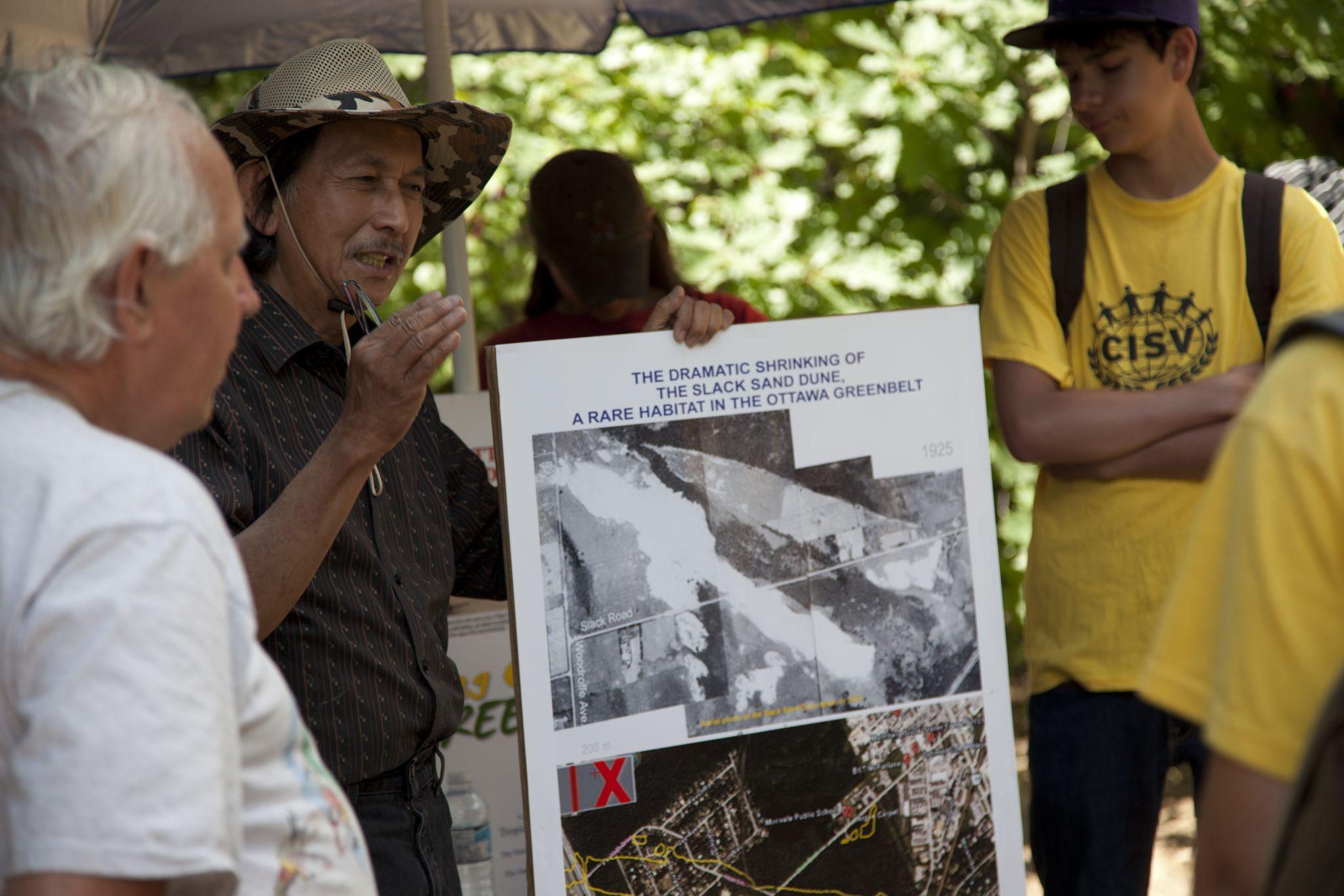
I used to play at the dunes as a child, back in the early 1960s. Over the course of my adult years, I saw the dunes slowly disappear. I co-founded BCI with Dr. P.T. Dang in 1995 and, years later, I began to appreciate what a momentous loss the disappearance of these dunes would be for the National Capital Region. The place where I used to spend hours playing was an important habitat for insects. We were working on a project with entomologists and local beetle specialists who had been doing research on the dunes. They told me about the unique insects that would disappear with the loss of this rare habitat. These include the ghost tiger beetle, which is virtually invisible on the surface of the dunes, and the antlion, which feeds on insects that fall into its well-laid trap.
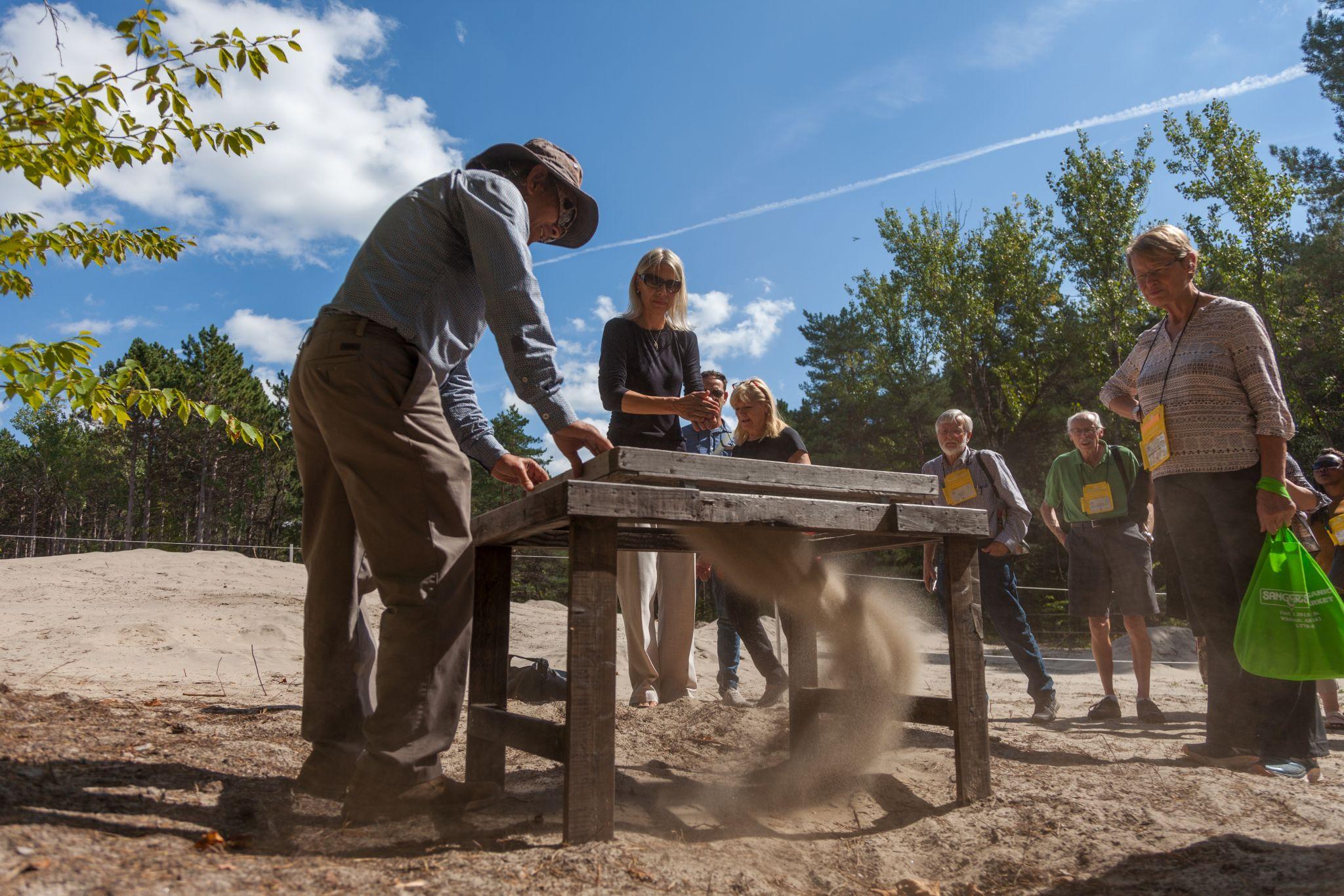
The natural heritage and specialized biodiversity of the dunes weren’t always cherished, as they are today. In the early 1950s, tree planting programs planted red pines and other species of trees that weren’t natural to the dunes. They gradually took up more and more space, and the organic matter they deposited on the sand turned the dunes into a pine forest. My team and I could see from aerial photos that less than 5 percent of the original dune remained. We were concerned for the insects, animals and plants that depended on the dunes for survival. We also wanted the Ottawa community to be aware of the rare ecosystem that was sitting on their doorstep.
Bringing the dunes back to life
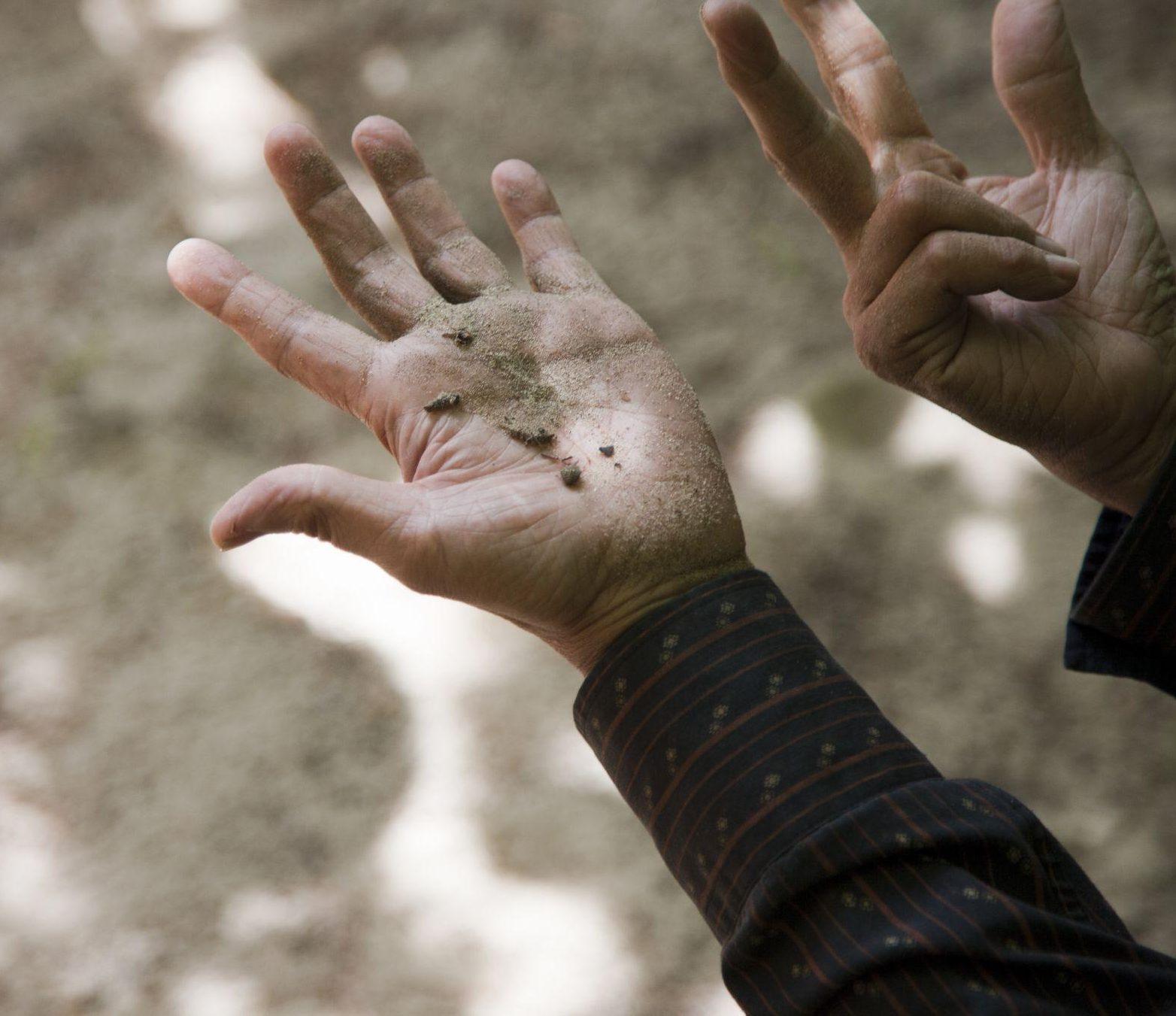
The restoration of the dunes started with a simple phone call to the NCC in 2012. We had called to request a permit to study the insects at the dunes. Eva Katic from the NCC decided to meet us on-site. We showed her that under the layer of pine forest, there was an ecosystem worth preserving. And so, the restoration efforts began. The NCC led the restoration on the central portion of the dunes bordered by Slack Road, Vaan Drive and Pineland Avenue in Nepean. This area was a mere fragment of the original Pinhey Sand Dune system. My team was successful in obtaining a grant from the Ontario Trillium Foundation and other funders, which gave the project momentum.
- The NCC cleared a number of planted trees to reclaim open dune areas — about 2 percent of the original Pinhey Sand Dune system. Wood chips were used to maintain weed-free trails near the dunes.
- We removed organic matter — such as weeds, dead roots, rotten and decaying wood, leaves, and fine 1- to 2-millimetre-sized organic particles — that had mixed into the dune sand.
- We restored the dirty sand to its natural state using finely screened sand sifters.
- The NCC has since opened up two more sites, helping to conserve Pinhey Sand Dune organisms, including the iconic ghost tiger beetle, which is threatened with extirpation (local extinction).
- As part of the restoration, we repopulated a variety of dune plants that had completely disappeared due to habitat degradation.
- During the project, we published a sand dune restoration model to establish a framework for others working on similar projects.
A natural laboratory
We host restoration sessions every Sunday morning at the dunes. It’s a great opportunity to gain an understanding of biodiversity studies and to get hands-on experience in ecosystem conservation. People of all ages can get a glimpse of how ecosystems are built and how specific food chains have adapted to survive in extreme environments. To take part, contact us by email or visit us on Facebook.
We are very lucky to have this rare gem in the Greenbelt. I encourage you to pack a picnic, bring your flip flops and sun screen, and come enjoy a rejuvenating day at the Pinhey Sand Dunes.

